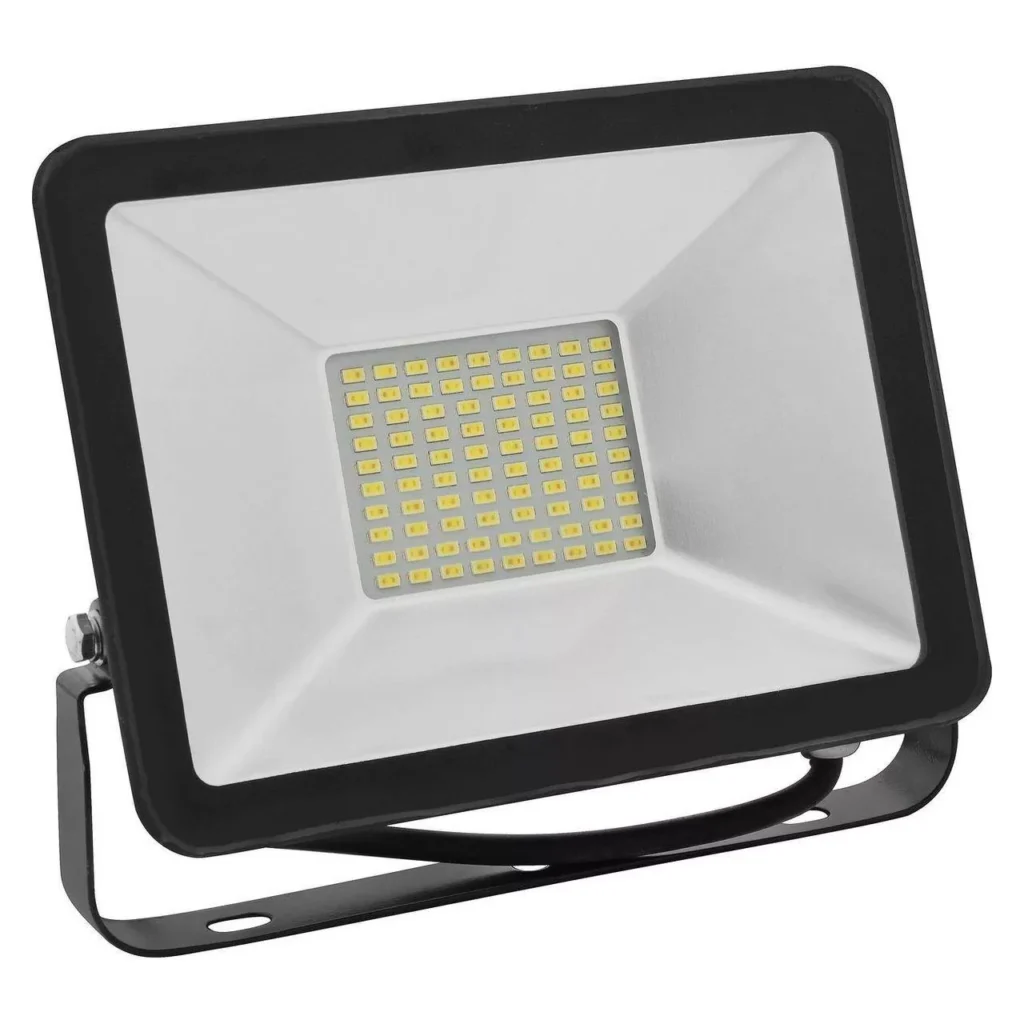Flood lights, which are high intensity artificial light sources that can illuminate large areas, are often made with a large brightness.

Floodlights produce large beams of light with a high temperature, which is commonly used to imitate daylight. It is easy to understand the function of floodlights:
Floodlights are able to use a variety of light sources like incandescent bulbs and fluorescent tubes, halogen bulbs, metal halide lamps, and LEDs. LED floodlights have become more well-known due to their energy efficiency as well as their longevity.
Reflector: A reflective surface is typically placed behind a light source to spread light. This reflector is designed to maximize the area which is covered by the floodlight.
Lens or Cover Some Floodlights come with an lens or cover that sits in the front of the source of light. The lens is used to shape the beam, and it helps to focus it. The lens can be transparent or frosted, based on how you’d like to distribute light.
Housing: The housing of a floodlight is typically made of durable materials like aluminum or even plastic. The housing guards the internal components from environmental elements and weather.
For them to function, they require a power source. They are powered by batteries or by direct electrical connections for solar or portable floodlights.
Control System: Certain floodlights feature the ability to control their brightness. them adjust their brightness and set timers. It also lets them activate motion sensors.
The lens and reflector direct and reflect a strong beam. The light source is bright enough to cover a large area. Parking spaces and sports stadiums are two examples of outdoor lighting. They also are used for security lighting, facades of buildings and building facades.
How do you choose the right floodlights?
Select the most effective floodlights based upon a myriad of factors including cost as well as location, brightness, and energy efficiency. Pick the most suitable floodlights taking into consideration these aspects:
Type of light source:
LED floodlights are bright and energy-efficient. They are long-lasting and last for a long time. They are employed in numerous applications due to their endurance as well as their cost-effectiveness.
Halogen: Halogen lighting are cheaper but they consume more energy and last shorter than LEDs.
Metal Halide: This is a powerful lighting option for large outdoor spaces however, it requires more energy and is subject to a warm-up.
The LED floodlight is more common . The fluorescents are less frequent because of their less illumination and a shorter time.
Brightness (Lumens:)
Lumens is the term used to describe the unit of measurement of brightness. It is determined by the size and brightness of the area that you wish to illuminate. More light is generated through higher lumens.
Color Temperature:
You should choose the color temperature (measured in Kelvin) according to your personal preferences and your intended usage. Temperatures that are warmer (2700K-3500K) result in a yellower light. Temperatures that are cooler (5000K-6500K), however result in a brighter blueish white light.
Beam Angle
To ensure that the surface is properly illuminat-ed, consider the beam angle. The narrow beam angles are ideal to highlight objects. For general illumination, broad beam angles are preferable.
Weather Resistance:
Make sure you select fixtures that are weatherproof and that have the appropriate IP ratings (Ingress protection) to ensure they are able to endure snow, rain or other elements of the outdoors.
Energy Efficiency
High efficiency (lumens/watt) ratings will reduce the energy use and operating cost.
Durability and quality:
Choose floodlights that are made of durable materials such as aluminum or strong plastic suitable for outdoor use. Check for certifications on the product such as UL or DLC to guarantee quality and safety.
Motion Sensors and Dimming Capability
Use floodlights with built-in dimming or motion sensors to conserve energy as well as increase security and convenience.
Budget:
It is important to balance your budget with the features and specifications you need. You can save money over the long term by investing in better quality floodlights because they require less maintenance and energy expenses.
Recommendations and reviews
You can make a sound decision by relying on the reviews or suggestions from reputable experts and trustworthy sources.
These elements can assist you in selecting the ideal floodlights.
